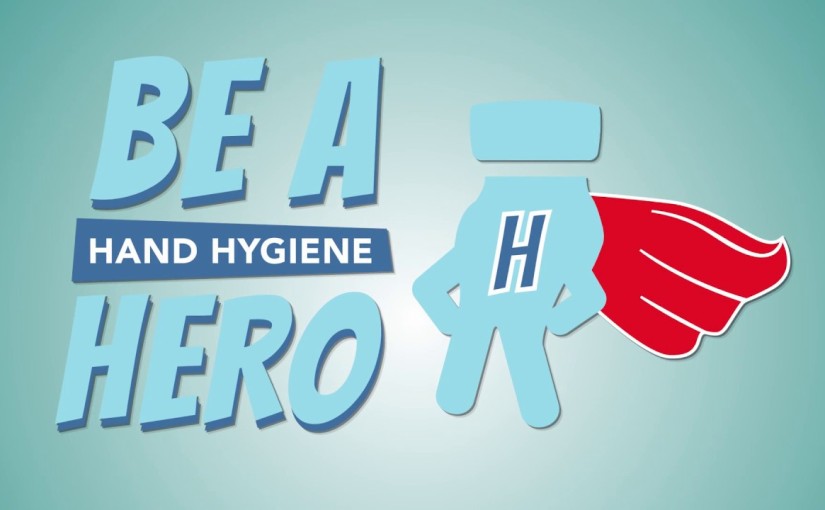For many decades hand hygiene has been a practice targeted at prevention of communicable diseases. Most people will ask, why practice hand hygiene, what are the consequences of dirty hands, nails etc. Well most of the pathogenic microorganisms we ingest are passed through contact by hands if not for already stale foods. Hand hygiene focusses on reduction but not total eradication of microbes. Hand hygiene basically ensures the microbial levels/quantities are deemed safe for consumption.
Hand hygiene can be performed through hand washing or by use of ABHR (Alcohol based hand rubs). Hand washing by water or soap and water involves the mechanical removal of microbes from our hands. Soap adds some value by lysing some of the potential pathogens. Disinfection may or may not be achieved by some soaps depending on the level of soil and the nature of microbes one is exposed to. For the soaps that claim anti-microbial efficacy, they mainly target very basic bacteria, fungi but hardly viruses. One would need a more efficient antimicrobial agent like povidone or chlorhexidine to be able to achieve intense antimicrobial activity against pathogenic bacteria, fungi and viruses. This in many cases is not necessary especially when you are exposed to less pathogenic microbes.
The use of ABHR has a topic that has received various discussions some supporting while others against the use of such. The best recommendation for use of ABHR is when the hands are not visibly soiled. Remember we cannot see pathogens with our naked eyes. This doesn’t mean they do not exist! In fact, microbes are cosmopolitan and exist everywhere around us. Some may be opportunistic causing infections during low immunity or when exposed in great amounts more than the usual. As well we have microbes that are considered as normal flora and interact and have mutual benefits with their hosts – this is a wide discussion that can be expounded later. Thus we are advised that when our hands are visibly soiled, we are required to wash them with soap and water, dry the hands and then you can either continue with your activities or if more precaution is to be observed you can use ABHR to sanitize.
ABHR are considered as agents for hands antisepsis- Disinfection is a term more used with inanimate objects but while antisepsis is used when talking about disinfection of skin, always be sure not to confuse the two terms- when no visible soil is present on the hands. These ABHR’s are rinse free as most of them are based on Ethanol or Isopropyl which evaporates after hand rubbing. The levels are safe enough not to get anyone drunk. Consider this, apple juice contains alcohol, one can hardly get drunk by drinking 2 litres of apple juice, thus the amount of alcohol used on the hands is very little and cannot be absorbed into the human body.
ABHR vary in the type of alcohol used, emollients (moisturizing agents) and log reduction (microbes killing power). ABHR used at home, and sanitizers carried in the hand bags are usually having a low killing power considering the microbes one is exposed to are not very pathogenic. Those used in the hospitals are stronger and have a higher log reduction. When ABHR claim a 99.9% killing of germs we consider this a log 3 reduction, ABHR used in the hospitals should be able to meet at least a log 5 reduction which is 99.999% reduction. The 0.001% is very significant as far as killing microbes is concerned. This will determine what kind of ABHR one should select for use. Examples of log 3 ABHR in the Kenyan market include: Protex, Velvex and Dettol while log 5 reduction include: Anios gel, Alsoft V and KemRub.
Therefore, hand hygiene is for everyone! We can all control communicable diseases by practicing hand hygiene.

ABHR is the way to go in hand hygiene…like it
LikeLike